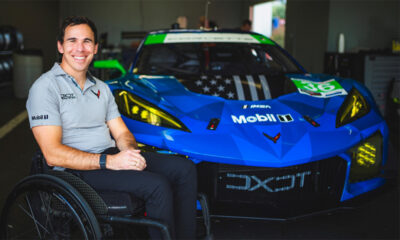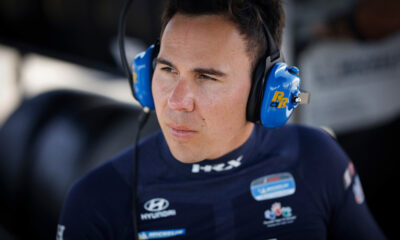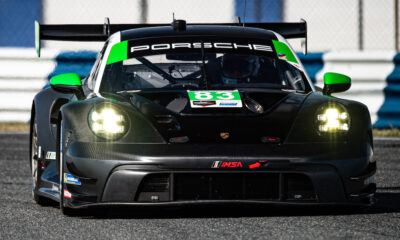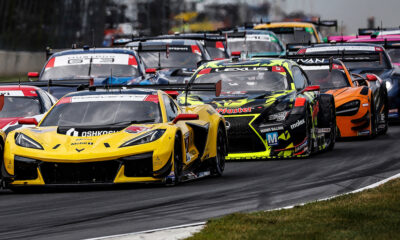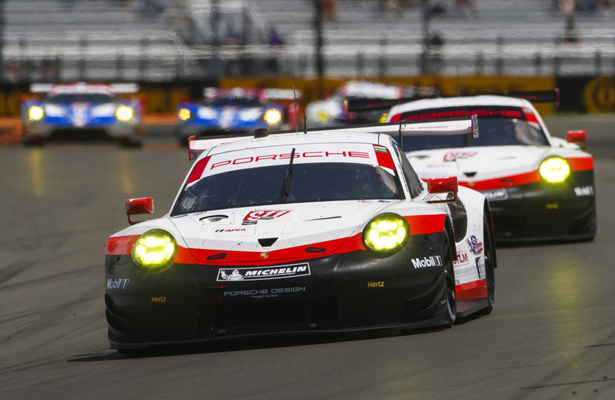
Photo: Porsche
Porsche GT Factory Motorsports Director Marco Ujhasi believes both the FIA World Endurance Championship and IMSA WeatherTech SportsCar Championship have succeeded in establishing different, but objective Balance of Performance systems for GTE-specification cars, in the wake of WEC’s new automated BoP.
Last weekend’s Six Hours of Nürburgring saw the first change under the FIA and ACO’s new system, which takes into account data from the previous two regular-length WEC races, via an algorithm agreed upon by all GTE manufacturers.
While the mid-engined Porsche 911 RSR did not receive any BoP changes since the second round of the season at Spa, the No. 92 car of Michael Christensen and Kevin Estre scored GTE-Pro class pole and both of the Manthey-run entries finished on the podium for the first time this season.
Similarly, Dirk Werner put the CORE autosport-run Porsche on pole in the last WeatherTech Championship round at Canadian Tire Motorsport Park two weeks ago, under IMSA’s radically different BoP system that takes both data and a human element into account.
“We all know that BoP is part of our sport. I guess everyone wants to have good competition and there’s different ways to get there,” Ujhasi told Sportscar365.
“If you look at the U.S. how close the cars are together there, it’s working. And if you look at the competition in [WEC], it’s also going in the right direction.
“There’s no master way you should go but I guess the most important is that all the manufacturers agree that we somehow deal with it in the right way for good racing.”
Despite running under two different systems, the new-for-2017 Porsche has a relatively similar BoP between the two series, with the WEC car currently at a minimum weight of 1258kg and a 30.8mm (x2) air restrictor, with IMSA spec at 1250kg and 30.9mm, respectively.
The same could be said for the Ford GT, which also has proportionally slightly less weight and more power in IMSA configuration.
When asked if the WEC’s automated system would be effective in the WeatherTech Championship, Ujhasi said the American style of racing would not likely be conducive for it, based on a number of different factors.
“For this system, you need a lot of reasonable laps,” he said. “With all of the traffic in IMSA and the full-course yellows, it’s impossible, in my opinion, because the database you’re generating is different.
“Also, you have different race lengths. You have 24, 12, 6-hours, therefore it’s mainly OK. But for 2:40 or 100 minutes at Long Beach, it’s impossible.”
Despite having different ways of getting there, Ujhasi said both series are going in a “good direction” with its BoP systems.
“Also the strategy from IMSA on not over-reacting on single results is reasonable,” he added. “But the baseline is really that all manufacturers are working together to help the sport and there are good steps [being] done.”




















